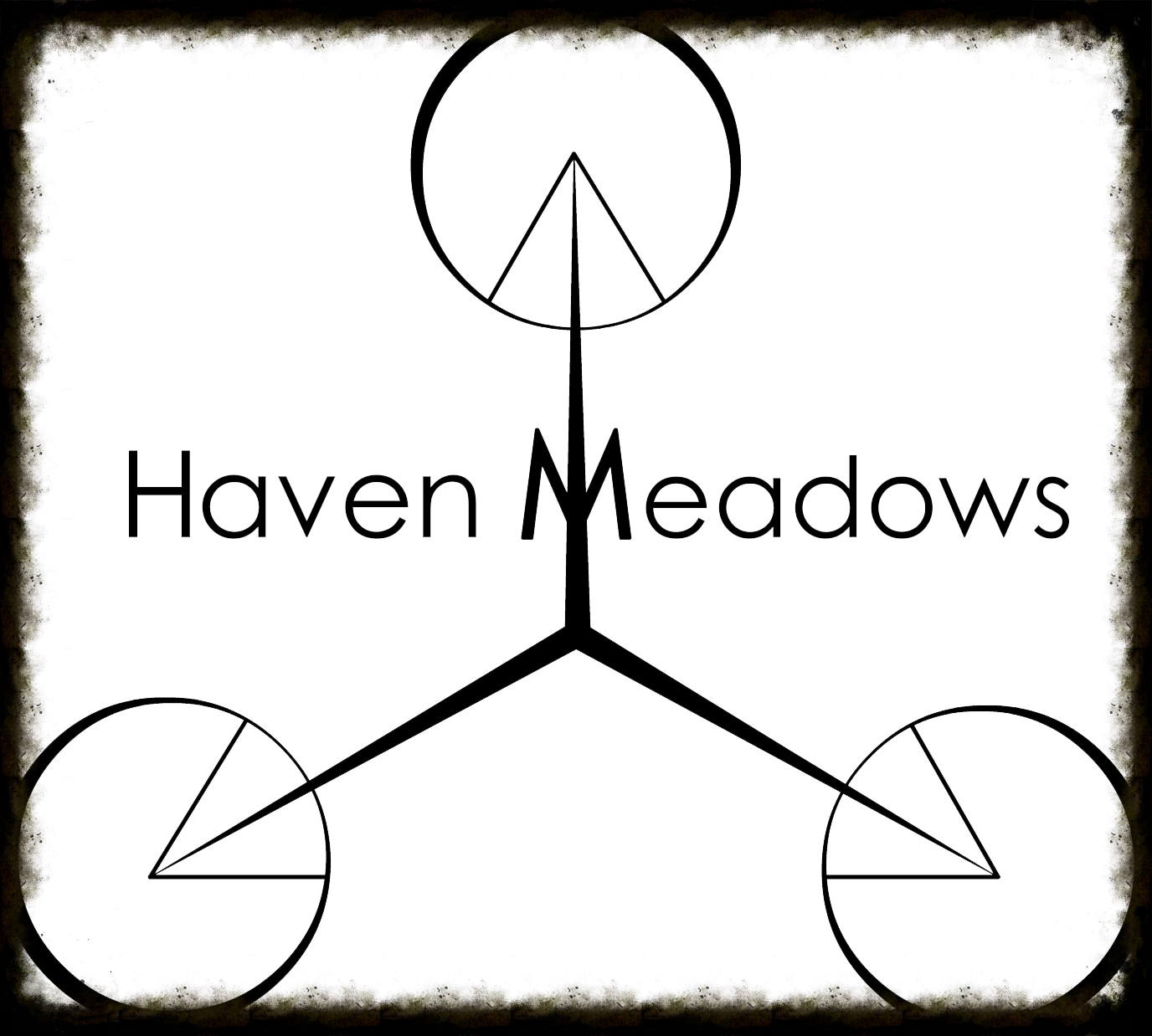I reached into my pocket, pulled out a small chunk of concrete I was carrying, and showed it to the room. I could see the skepticism in their eyes. This hunk of concrete was slightly smaller than a golf ball and looked like something you might kick out of your way on a walk. I held the chunk aloft and let it hang in the awkward air for just a moment before I spoke. “I know what you’re thinking. You’d like me to get to the point. Hard to imagine what innate value this small unassuming piece of construction trash could possibly have. So obviously there’s a gimmick. Something that makes it special. Or maybe it not being special is the point. Like it’s supposed to make us ponder the meaning of meaning or some ridiculous thing. Well, here it is.”
“It’s a piece of the Berlin Wall.”
Ah there it is. There’s the sense of wonder I was looking for. I saw their faces change from polite skepticism to awe. Some more so than others. I got the impression that some may have had childhood memories of hearing President Reagan say “MR. Gorbachev, tear down this wall!” Those who had lived with the specter of the Cold War looked at the chunk now as a relic. A symbol. A sacred object. The younger yet educated among them acknowledged the piece of history I was holding. All of that, for one small stone. But not without its story. That’s the point. The power of the story. From trash to treasure, because of its story.
In the “I am Declaration” I asked what service the artist provides to their community. I think the answer has something to do with storytelling. We all have stories. Maybe not as impressive as being a part of the Berlin Wall, but special in our own ways. Be they our personal histories. Our interests. Or whatever has presented itself to us as meaningful. How we choose to define and present ourselves is the telling of the story of our lives. The story conveys who we are. Therefore, we must know who we are to be able to tell it. And so, we go searching for meaning. And that’s life. The story of our search for meaning.
When art is done correctly, it gets its power from the story. Art happens when its creator goes searching for something meaningful and finds it. There is a relationship between meaning and beauty. Which is to say that I believe all meaningful things are beautiful. So, when a person creates something beautiful, chances are, its meaningful in some way. On some level. The deeper meaning is not always obvious, but the beauty should be. In outer space there are objects that we cannot see, but we know that they exist because we can see light bending around them. I like to think of beauty as the light bending around meaning. Meaning is ineffable, but beauty we can see. Sometimes you can only get to the deeper meaning by telling a beautiful story.
Now, here is where it gets interesting. We can all conceptualize making beautiful works of art as the byproduct of our search for meaning. What I find fascinating is when that work of art connects with its audience. When you stand in front of a work that you feel connected to on a deeper level. When you find the story that the artist is telling relatable, it suggests that on some level we are the same. It’s what I imagine they mean when they say Namaste. The sacred in me acknowledges the sacred in you. There is a connection, and the connection is the point. Not only a connection with the artist, but also a connection with yourself on that deeper level. When done correctly, art can show you a part of yourself that you’ve been looking for. Or a part of yourself that you want to know more about. Or a part of yourself that you just know must be true, and now you have a way to express it. A beautiful way to tell your story.
And that, I believe, is the service the artist provides to his community. Artists create sacred things, imbued with beauty, embedded with meaning, for you to relate to. When you take home one of my sculptures I pass the torch to you. I take my place in the footnotes of the greater story. The story of you. Something about that sculpture drew you to it. And as you place it in your home, you are staring at a part of yourself. It has presented itself as meaningful to you. When your friends come over and see it, whatever it says to them, it says it about you. Your home is your personal history museum, and you are its curator. Our job as artists is to make relics that help you fill it. There is this quote that I love by an author named David McRaney “You cannot prime yourself, not directly, but you can create environments conducive to the mental states you wish to achieve.” And there it is. Artists create environmental cues to remind you a little something about who you are, what you value, what you have to say, and help you curate an environment conducive to the mental states you wish to achieve. In so doing, you become an artist yourself, by way of creating your environment as the outward expression of your inner being. The connection is made. The cycle is complete.
